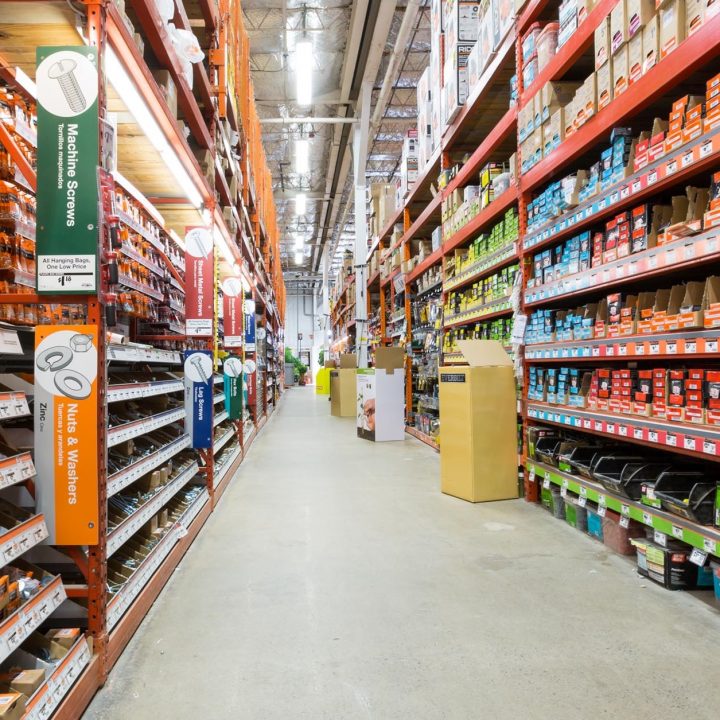“Do not bring down a fence till you know why it was put there” Robert Frost
Fences, what do they mean? Guards? Safety? Imprisonment? May be a little of all and a bit of none. Some things have been there for time immemorial and thus the thought never occurs as to what preceded this and what would succeed it. While the past explains why something is in its present form, future evolution are an expression of customer demands.
I take you back to the time when man started cultivating for his food requirements. The race was one, the tribe was united. The tools were limited but the intent was alive. The vast stretches of wild grasslands were tamed to yield edibles. The threat was not the neighbour. The threat was the animal whose space we had encroached. Our forefathers would have learnt it the hard way, losing crop upon crop to wild animals. Guarding against this encroachment gave rise to the concept of fencing.
Man, being a hunter and gatherer, started with the use of dry plant materials as fence. Dried shrubs and twigs served as good materials for fences (Figure 1). However, seasonal changes made the availability of the material limited. Another option was to use a ‘live fence’.

Figure 1: Fence made from dry plant materials
Live fences used plants or trees to guard farmlands. The choice of these plants or trees was critical. They need to be tall and dense. The natural gaps need to be filled using other thorny plants or shrubs (The Hindu, Apr 24, 2008) (Figure 2). Live fences are time and labour intensive. It may take a number of years for a good live fence to come up. A major disadvantage is that they are susceptible to be affected by pests and other natural calamities. They need care and attention. Additionally, they also consume vital space. However, they have advantages like prevention of soil erosion, purification of air (Neem, Azadirachta indica) as wind breakers which may rid the farm soil of moisture. Live fences are also useable in other applications. For example, bamboo plant can be used as a construction material in 4 to 5 years post plantation. Some of the commonly used plants as live fences include species of Agave, Cactii, Casuarina, subabul. While live fences sound like a thing of the past it still finds place in small farms, smaller towns and natural parks and sanctuaries (Choudhury PR, 2004, Agroforestry systems; Prasad SK, 2010, Ethnobotanical leaflets). A number of houses in Auroville, Pondicherry still use Bamboo as a live fence.

Figure 2: Representative live fence
The turn of century saw rapid urbanization. A manufactured standard alternative to natural fences was required. Lack of space and time to care for live fences paved way for fences made from materials like mud, stone, bricks, concrete and steel.
Use of steel in fencing is a recent phenomenon. Around 1874, the attempts of 3 independent individuals to fence their farmland led to the development of barbed wire. One of them was Joseph Glidden, who came to be known as the father of barbed wire (Development of Barbed wire, Kansas Barbed wire museum, http://www.rushcounty.org/BarbedWireMuseum/BWhistory.html, accessed on 31.07.2016).
We do not know much about the origins of usage of steel fencing in India. Since the first steel plant in India was set up in 1908 by Tata Steel, it would be fair to guess that any steel fence used before this year would have been imported. We also know that during World War I, there was extensive use of barbed wires (Barbed Wire War – How One Farmer’s Innovation Changed The Battlefield, MHN newsletter, January 8, 2014, accessed on 31.07.2016). It is possible that some of the steel from Tata Steel plant may have been used to manufacture barbed wire, we are not sure. (Figure 3)

Figure 3: Barbed Wire Fence
The use of barbed wire fencing is now far and wide; houses, farmlands, national and international borders. They are available in standard sizes, cost effective, easy to assemble and do their job well. An addition to steel fence portfolio is the chain linked fence (Figure 4) most commonly seen in schools, parks and playground. The fence is easy to maintain, clean and needs minimal technical skill to be applicative. Metallic fences have gained popularity for the enhanced sense of security and low cost of maintenance.

Figure 4: Representative Chain linked fence
Another common material used for fences are bricks bonded with cement mortar. While technically such fences may be categorized as ‘walls’ but they can also be categorized as fences. A modern take on the use of plants and trees as fences is a wood fence (Figure 5). A variant in this category would be a fence made out of timber. The limited availability of the raw material makes the fence region-specific but its natural predisposition allows easy blending with many surroundings: parks, residential, restaurants to lake sides.

Figure 5: Representative wooden fence
An article on fences won’t be complete without the mention of electric and solar powered fences. Such fences cause discomfort to intruders. Such fences are usually found in high-security zones like national borders, jails etc. These fences are expensive and have significant recurring heads. Efforts of individuals like Mr Sharanabasappa P. Patil have helped cut the costs and the technology affordable to middle or upper income farmers. His solar power electric fence scares intruders but without causing harm. The 3V jolt keeps animals at bay (Figure 6).

Figure 6: Representative solar power fencing (Pic courtesy: The Hindu, Nov 20, 2013)
Each of these fence types have applications in specific regions and applications. For instance, live fences are still of importance in sanctuaries and national parks. But modern urban or organized rural life has lesser scope for traditional fences. Manufactured fences like barbed wires, chain links and brick/block walls (combined with barbed wires at the top) are now common as they provide a cost-effective solution.







1 comment